Komuna Warszawa, 2024
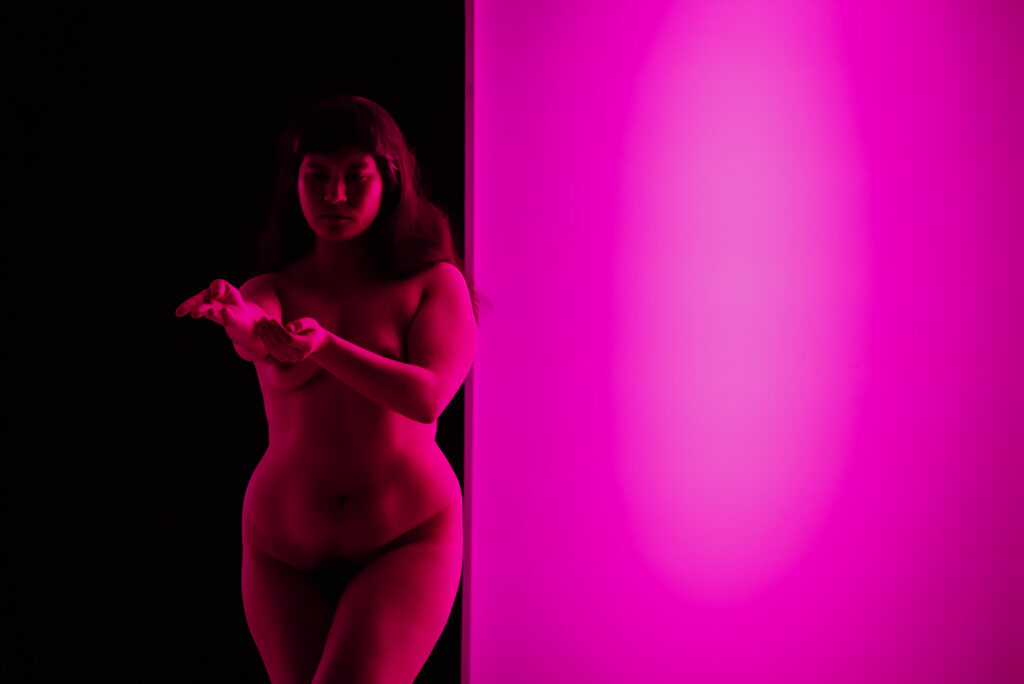
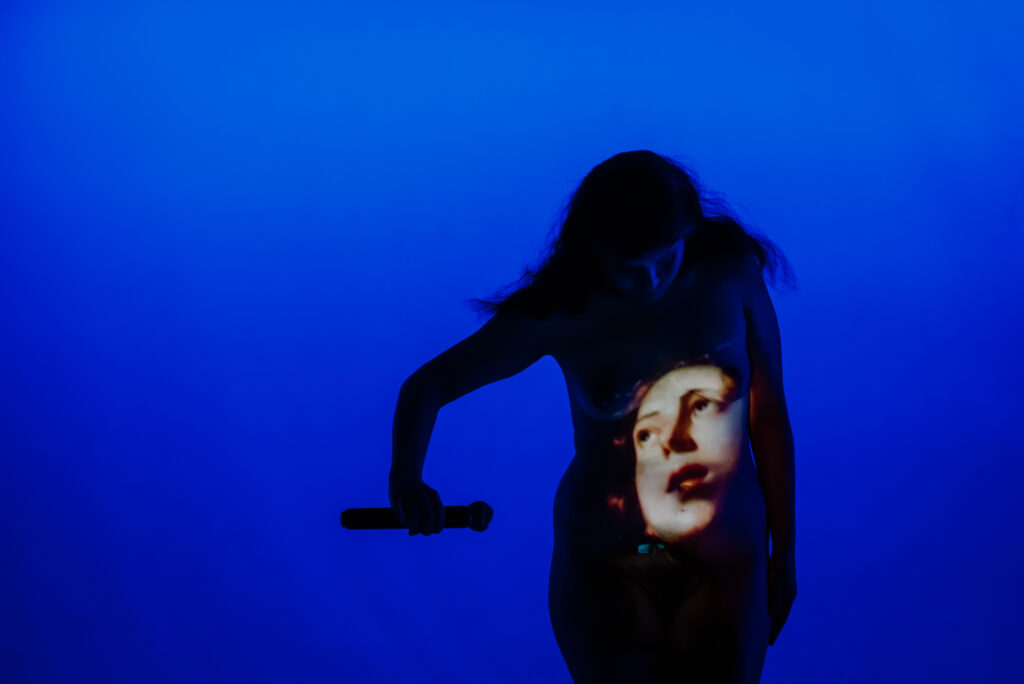
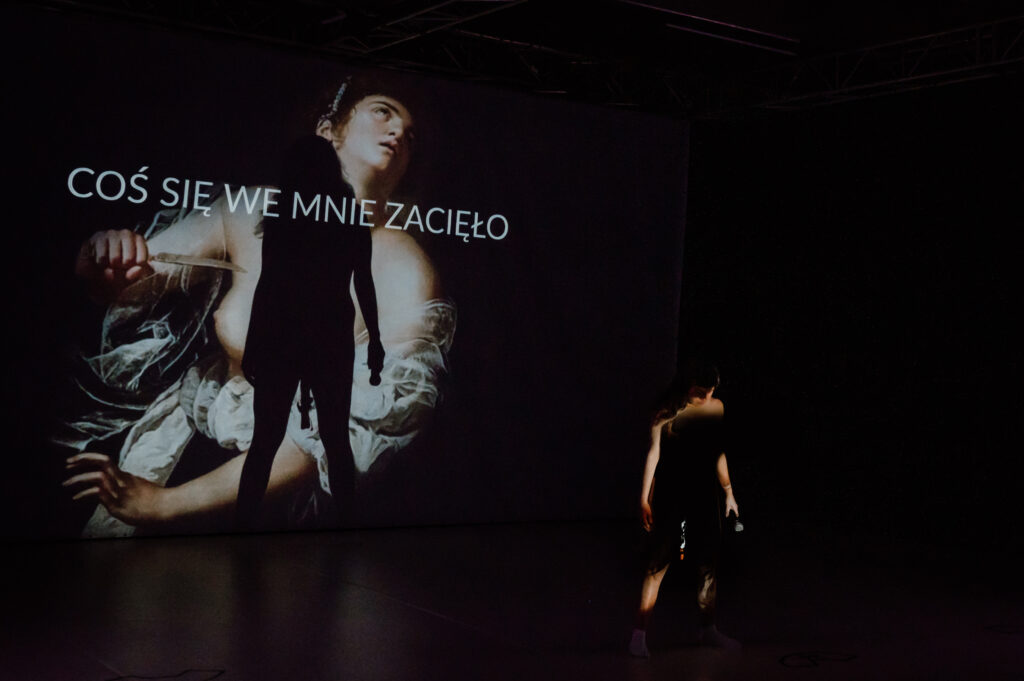
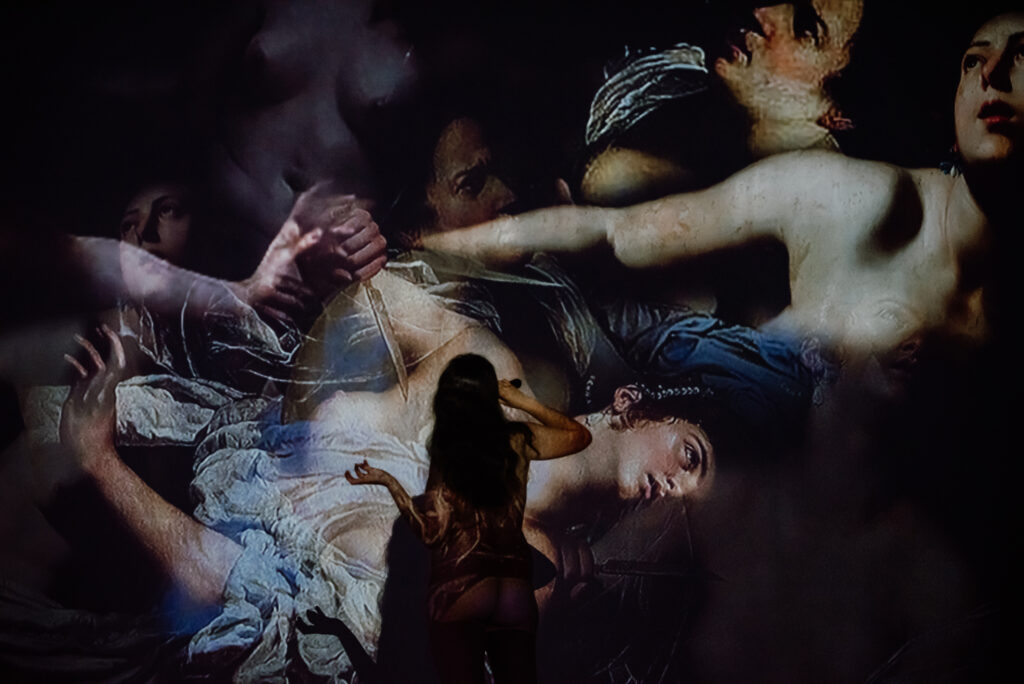
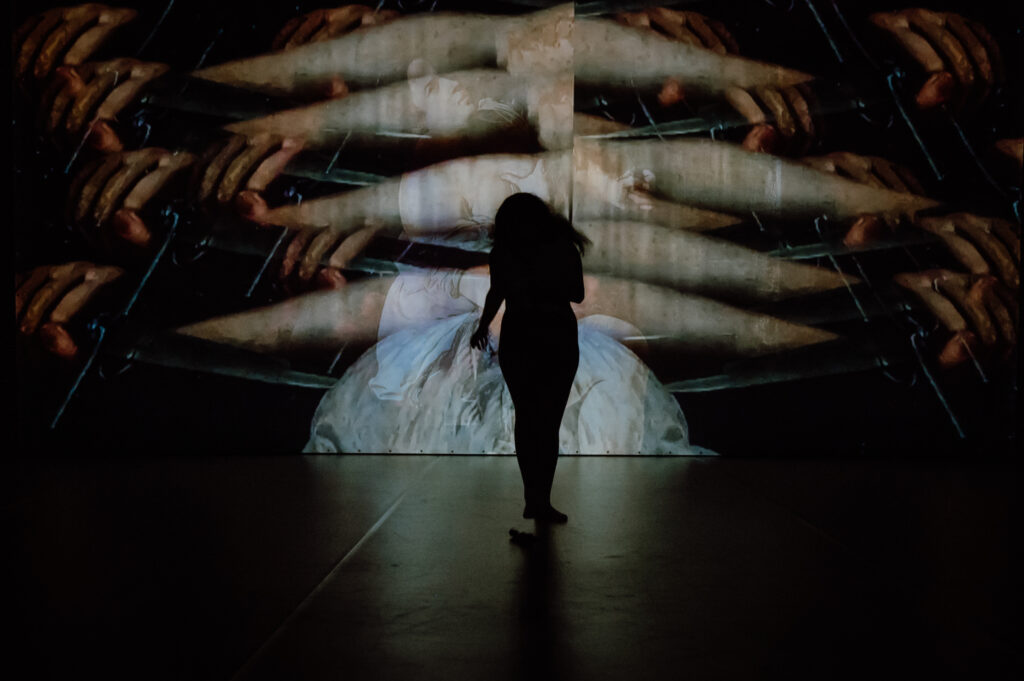
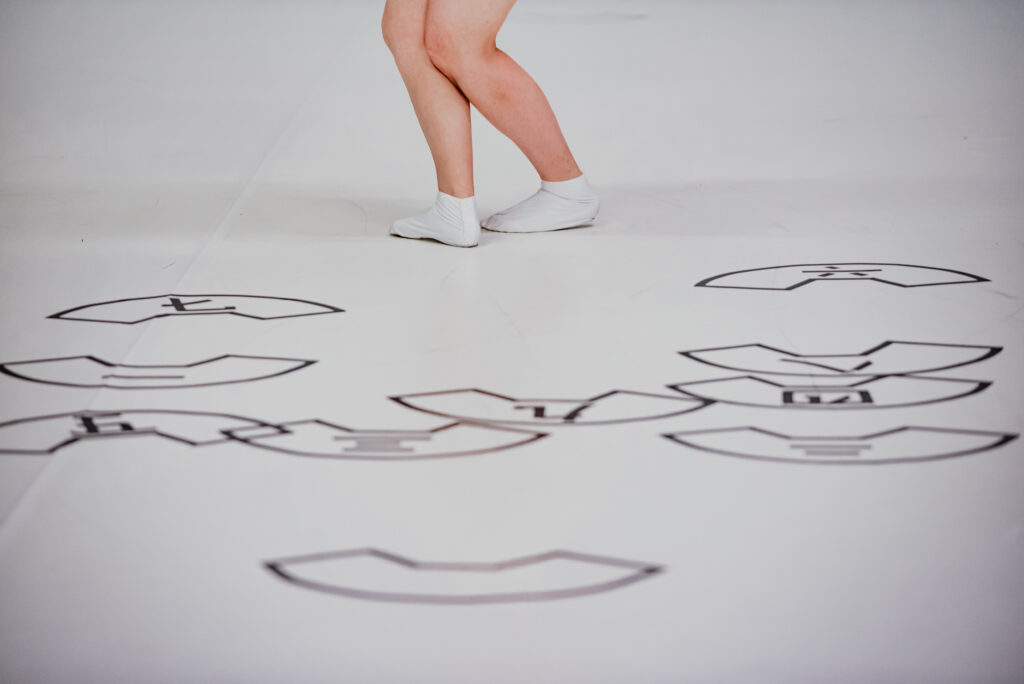
How long does it take to unfreeze a raped body? How can the practice of classical Japanese jiutamai dance be helpful in this regard? Is it a liberation or an oppression? Or perhaps both? In the performance RAPEFLOWER, Hana Umeda evokes the traditions of a 19th-century art performed in Japan exclusively by women. For most of them, dance brought the experience of violence while in a small rooms and during closed shows they were subjected to sexual abuse. The movement, the tension of the body, its confinement and freezing – all of this was emphasized by jiutamai masters passing on knowledge to the next generation of female dancers. Using her personal history and the jiutamai tradition, Hana Umeda reflects on whether dance or theater can become a space for emancipation and healing.
Identifying ourselves as survivors, we are often silent. We don’t want a victim figure project-ed onto our living bodies. Not wanting to become objects of pity, we become invisible. By avoiding confrontation with the experience of rape, we condemn ourselves to a compulsion to repeat the traumatic situation or aspects of it in search of lost control.
How to talk honestly about rape? How to situate one’s own experience between the tabooization and pornographization of the subject? RAPEFLOWER is an investigation con- ducted within one’s own body. It is in the body, not in the discourse, that the experience of sexual violence-both one’s own, inherited and learned-is intertwined with defense strategies and survival strategies. This is a story about rape understood as a condition, not just a single event.
Concept, direction, choreography, text, performance: Hana Umeda
Dramaturgy, cooperation on the text: Weronika Murek
Video: Martyna Miller
Music: Olga Mysłowska
Lights director: Aleksandr Prowaliński
Outside eye: Joanna Nuckowska
Production: Olga Kozińska
Photos: Pat Mic
Matronat: Feminoteka
The project was produced by KOMUNA WARSZAWA, selected as part of the Open Call for Performance 2024.
Research for the performance was conducted as part of the “SoDA” MA program within the framework of HZT Berlin, University of Arts Berlin & Ernst Busch Academy of Dramatic Arts Berlin and the “Thinking Through the Museum” residency, Museum of the History of Polish Jews POLIN.
This work was produced with the financial assistance of the European Union.